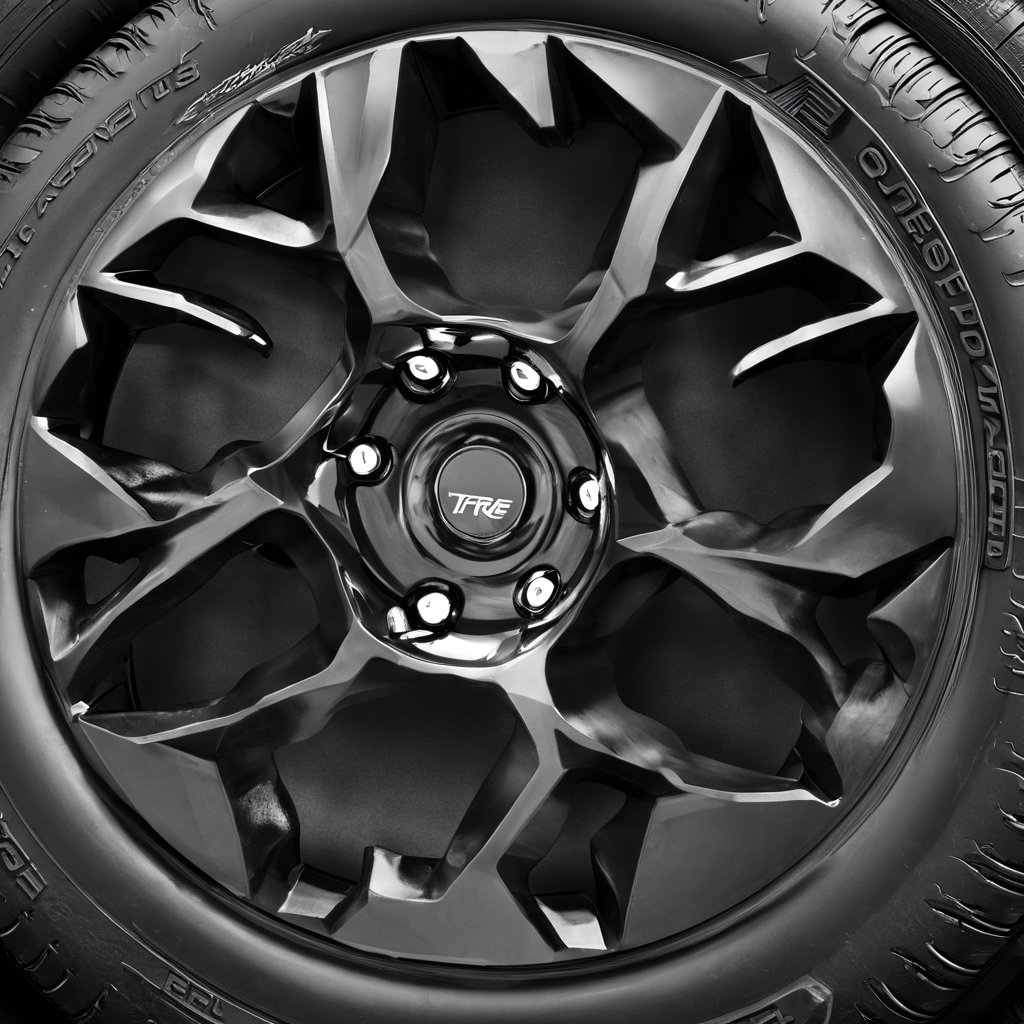If your TPMS sensor broke during a tire change, it can be a frustrating and inconvenient situation. The TPMS sensor, or Tire Pressure Monitoring System sensor, is a crucial component in modern vehicles that helps monitor tire pressure and alerts the driver if there are any issues with the tires. When a TPMS sensor breaks, it can affect your ability to monitor tire pressure accurately and potentially compromise your safety on the road.

There are several potential reasons why a TPMS sensor may break during a tire change. It could be due to accidental damage caused by the tire technician while removing or installing the tire. In some cases, the sensor may be corroded or worn out, making it more susceptible to breaking during the tire change process. Whatever the reason, it’s essential to address the issue promptly to ensure your TPMS system is functioning correctly.

If you find yourself in this situation, here are some steps you can take to address a broken TPMS sensor during a tire change:

1. Assess the damage: Before taking any further action, assess the extent of the damage to the TPMS sensor. If the sensor is visibly broken or damaged, it may need to be replaced.
2. Consult a professional: If you’re unsure about how to proceed or don’t have the tools or expertise to replace the TPMS sensor yourself, consult a professional tire service provider. They can assess the situation and determine the best course of action.
3. Replace the TPMS sensor: If the TPMS sensor is indeed broken, you’ll need to replace it with a new sensor. TPMS sensors are typically available for purchase at auto parts stores or online. Be sure to select the correct sensor model for your vehicle make and model.
4. Install the new TPMS sensor: Installing a new TPMS sensor can be a somewhat complex process, as it involves programming the sensor to communicate with your vehicle’s onboard computer. If you’re not comfortable doing this yourself, consider having a professional mechanic or tire technician handle the installation.
5. Test the TPMS system: Once the new TPMS sensor is installed, test the system to ensure it is functioning correctly. Follow the manufacturer’s instructions for calibrating and testing the sensor to ensure accurate tire pressure monitoring.
6. Maintain your TPMS system: To prevent future issues with your TPMS system, make sure to maintain your tires properly and schedule regular inspections to check for any signs of damage or wear on the sensors.
In conclusion, a broken TPMS sensor during a tire change can be a challenging situation to deal with, but with the right approach, you can address the issue and ensure your vehicle’s safety on the road. By assessing the damage, consulting a professional, replacing the sensor, and testing the system, you can restore your TPMS system to proper working order. Remember to prioritize regular maintenance and care for your TPMS system to prevent future issues and maintain safe driving conditions.

